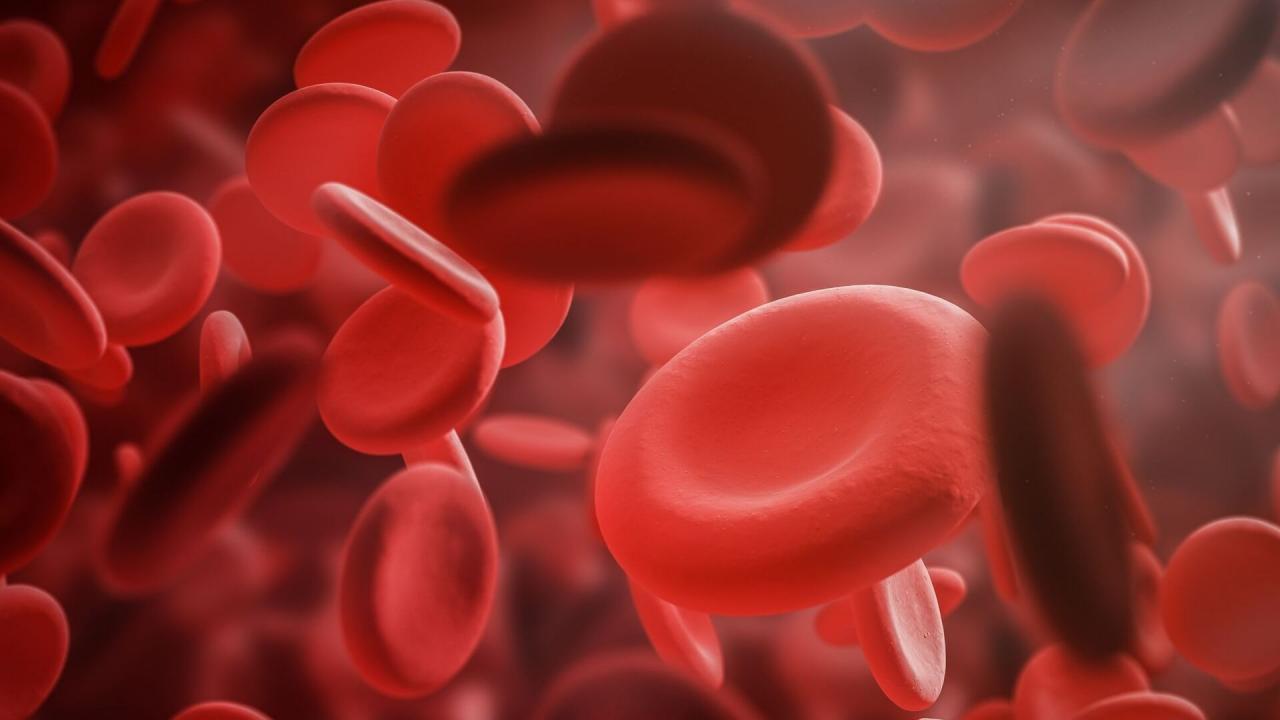 MonkeyBusiness Images/PhotoSpin
MonkeyBusiness Images/PhotoSpin
Worldwide, 400 million people are affected by a blood disease known as G6PD deficiency. In this inherited genetic condition, once thought to only affect men and boys, the body doesn’t produce enough of the glucose-6-phosphate dehydrogenase (G6PD) enzyme.
The G6PD enzyme helps red blood cells function normally. When a person with G6PD is exposed to a trigger in certain foods, medicines or infections, the enzyme deficiency can cause a drop in red blood cell count, or hemolytic anemia.
Parents can help children with G6PD deficiency live healthy, active lives by teaching them to avoid the triggers that cause the symptoms of this blood disease.
When a child with G6PD deficiency is exposed to a trigger that causes the destruction of red blood cells, symptoms may be mild and disappear once the trigger is resolved. However, in more serious cases, a child can experience anemia symptoms, also known as a hemolytic crisis.
According to the G6PD Deficiency Awareness website, g6pddeficiency.org, symptoms of hemolytic anemia include paleness, most noticeably around the mouth, extreme fatigue, rapid heart rate or rapid breathing, shortness of breath, and dark urine.
Newborns are also likely to show jaundice. With more severe symptoms, a child may need hospitalization.
Often, kids with G6PD deficiency don’t show any symptoms until their red blood cells are exposed to the substance that causes problems. Triggers include anti-malaria drugs, sulfa antibiotics, fever reducers and some painkillers.
A bacterial or viral infection may also cause symptoms. Fava beans and naphthalene, the chemical found in moth balls, can also cause problems for some kids.
G6PD deficiency is most common among African-American males and people of Mediterranean heritage. Both Africa and the Mediterranean basin are high-risk areas for malaria.
Researchers believe that since the parasite that causes malaria doesn’t survive well in G6PD-deficient blood, the disease may have evolved as a protection against malaria.
Discuss a blood screen test with your doctor if you believe family history or ethnic background puts your child at risk for G6PD deficiency. Once the triggers are identified, parents can help children be informed and learn to avoid them.
Sources:
G6pddeficiency.org. Overview of G6PD Deficiency. Web. 6, Feb. 2012.
http://g6pddeficiency.org/index.php?cmd=overview
American Family Physician. Diagnosis and Management. Web. 6, Feb. 2012.
http://www.aafp.org/afp/2005/1001/p1277.html
Reviewed February 7, 2012
by Michele Blacksberg RN
Edited by Jody Smith






Add a CommentComments
There are no comments yet. Be the first one and get the conversation started!